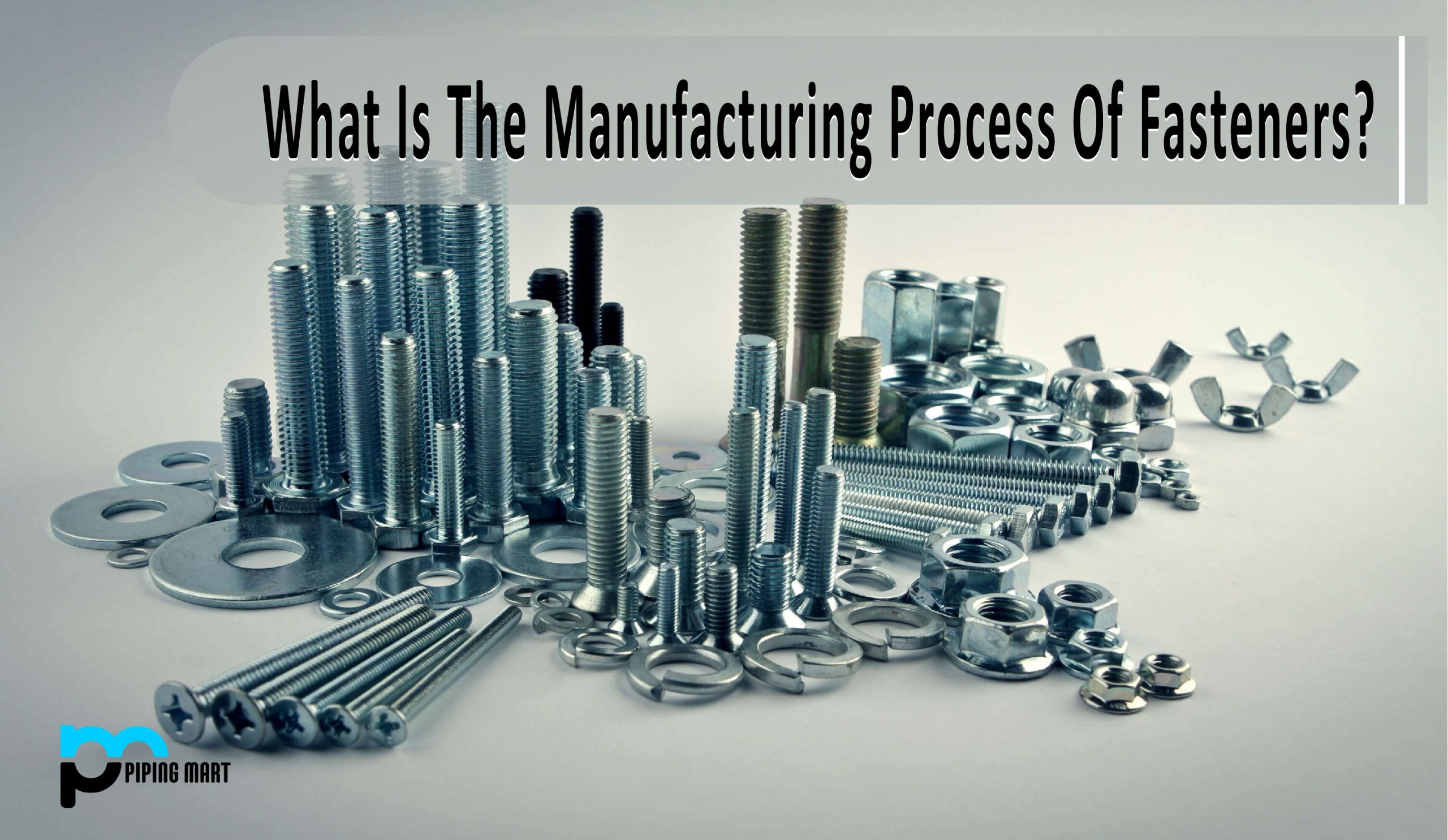Safety and relief valves are essential in regulating pressure and ensuring safety in industrial systems. But what is the difference between these two devices? Understanding the differences between safety and relief valves can be crucial to ensuring your system is protected from overpressure. Let’s break down some key differences between these two types of valves.
What is Safety Valve?
A safety valve, also known as an overpressure protection device, is designed to prevent a process from exceeding its safe operating limits. It automatically opens if the pressure exceeds its setpoint, releasing excess pressure until it returns to a safe level. This type of valve is especially common in boilers and other high-pressure systems. They protect against dangerous overpressure scenarios that could cause catastrophic damage or injury.
What is Relief Valve?
On the other hand, relief valves are designed to reduce pressure in systems with limited capacity for expansion (such as tanks or closed vessels). When the pressure rises above the preset limit, the relief valve opens, allowing fluid or gas to escape until it returns to an acceptable level. This type of valve is used primarily for controlling pressures in systems where buildup could occur due to thermal expansion or during start-up/shutdown cycles of equipment.
Difference Between Safety Valve and Relief Valve
- Safety valves protect pressure vessels and other equipment from over pressurization, while relief valves relieve excess pressure from a system.
- Safety valves are typically set to open at a lower pressure than relief valves.
- Safety valves are designed to close automatically after the overpressure has been relieved, while relief valves must be manually reset.
- Safety valves are typically used on closed systems, while relief valves can be used on closed and open systems.
- Safety valves are usually located at the highest point in a system, while relief valves can be located anywhere in a system.
- Safety valves are required by law on many types of equipment, while relief valves are not always required by law.
Conclusion:
Safety and relief valves are both essential components of many industrial systems that help regulate pressure levels and prevent accidents due to overpressure scenarios. Though they may seem similar on the surface, understanding how each one works can be critical for ensuring the proper functioning of your process and preventing costly damages or injuries caused by sudden increases in pressure. If you’re unsure which valve would best suit your system needs, consulting with an experienced professional can help ensure that you select the right one for your application.

Meet Bhavesh, a seasoned blogger with a wealth of knowledge and experience. From metal products manufacturing to retail, Bhavesh has a diverse background in various industries and is dedicated to sharing his insights and expertise with readers.




